When we think about improving our abilities as photographers we often think of the technical aspect of taking a photograph. Then, we think about composition rules we read about on the internet or in a book. Rarely do we think about the art of observation. Arguably one of the most important aspects of finding great subjects to photograph is, well, actually finding them. It can be tough to find great subjects if you aren’t trained in the art of observation.
Observe
Notice or perceive (something) and register it as being significant.Truly Observe. You see lots of things, all day long you’re using your peepers to look all about. But do you observe things? Do you register your surroundings as being significant or are you looking from point A to point B. When was the last time you went hiking and stared at your feet 90% of the time? What was the point?
Camera Bounce Test:
It’s not what it sounds like, we aren’t going to drop our cameras to see how high they bounce (I would clearly win, and I’m clearly not competitive). The camera bounce test is simply wearing your camera around your neck and walking… If your camera bounces off of your stomach as you walk, to the point you need to stabilize it with your free hand, then you’re walking too fast to truly observe your surroundings. You see, but you don’t observe. Where do the shadows fall, where is the light coming from, what reflections do you see, where is your next subject coming from?
Admittedly, the camera bounce test sounds a bit hokey but it works. I’m one of those people who gets someplace new and tries to cover as much ground as I possibly can to see EVERYTHING… Realizing that I was moving too fast out of excitement I came up with the “camera bounce test” as a way to remind myself to slow down and take everything in.
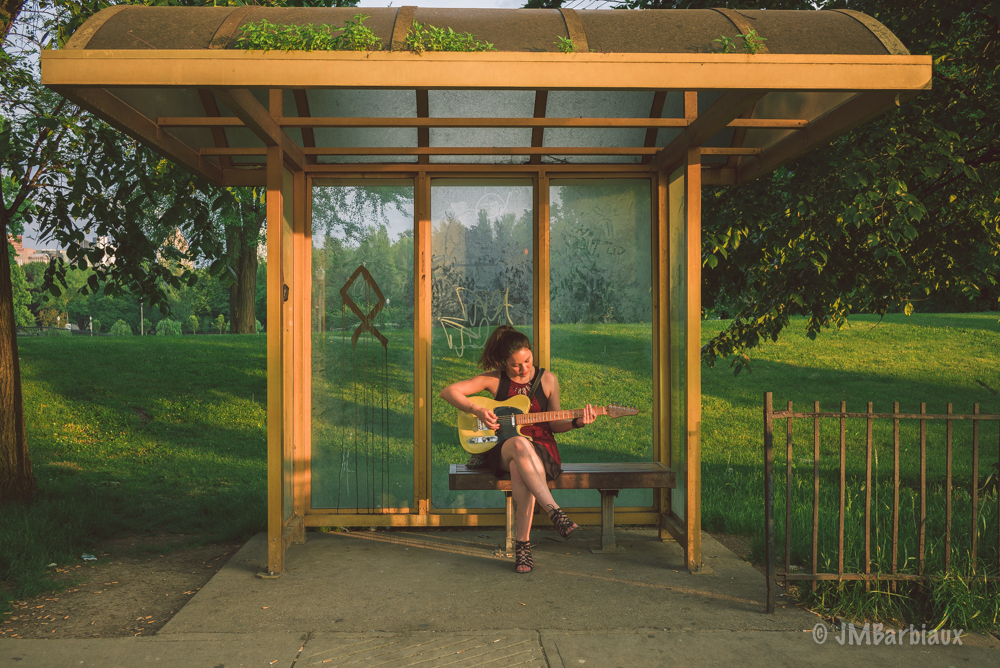 We’re often tempted to move as quickly as possible to cover as much ground as we can and “see” as much as we can in as little time as possible… I mean, the sun isn’t going to stay up forever, right? I’m as guilty as the next guy or girl. I have to consciously make the decision to slow down and take my time. Can I get great pictures when I’m walking quickly from point A to point B? Sure. But once I slow down I feel like I am present in the moment rather than a bystander simply passing through and I see interesting shots where I would have missed them before.
We’re often tempted to move as quickly as possible to cover as much ground as we can and “see” as much as we can in as little time as possible… I mean, the sun isn’t going to stay up forever, right? I’m as guilty as the next guy or girl. I have to consciously make the decision to slow down and take my time. Can I get great pictures when I’m walking quickly from point A to point B? Sure. But once I slow down I feel like I am present in the moment rather than a bystander simply passing through and I see interesting shots where I would have missed them before.
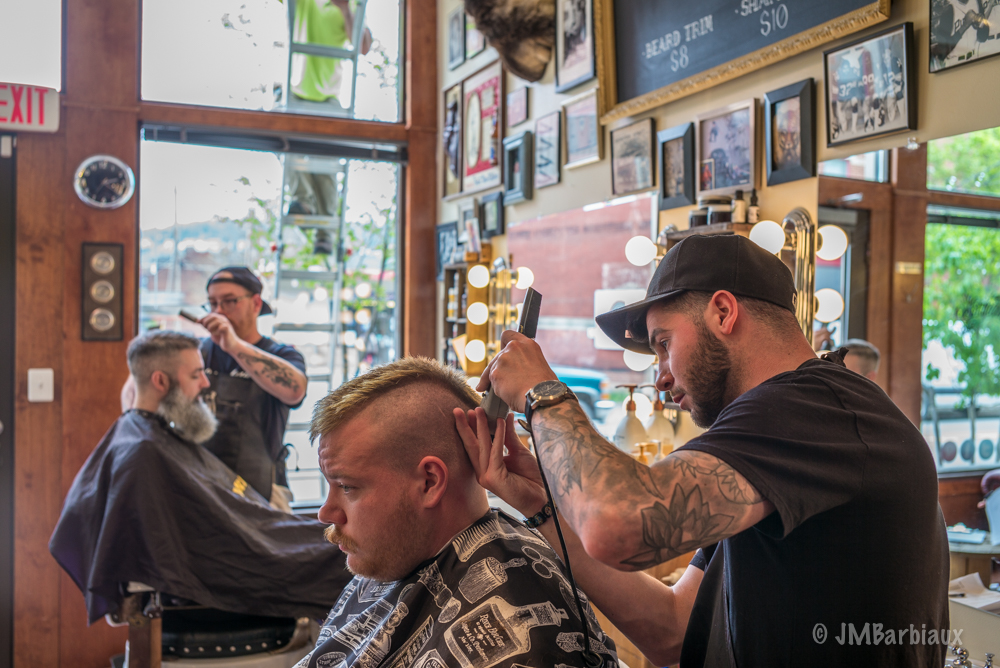 In my recent review of the Leica M262 I shared a couple of photographs that are great examples of slowing down and observing. As I was walking down the street with my camera I was focused on taking my time and simply enjoying myself instead of looking down the street from point A to B. As I was looking into storefronts I came across this great looking barber shop (above) and was so intrigued that I stopped in and asked if it would be alright to take some photos. The owner was great and everyone there agreed that it would be alright for me to take some photographs. Not only was this a great find but it was a rewarding experience as well.
In my recent review of the Leica M262 I shared a couple of photographs that are great examples of slowing down and observing. As I was walking down the street with my camera I was focused on taking my time and simply enjoying myself instead of looking down the street from point A to B. As I was looking into storefronts I came across this great looking barber shop (above) and was so intrigued that I stopped in and asked if it would be alright to take some photos. The owner was great and everyone there agreed that it would be alright for me to take some photographs. Not only was this a great find but it was a rewarding experience as well.
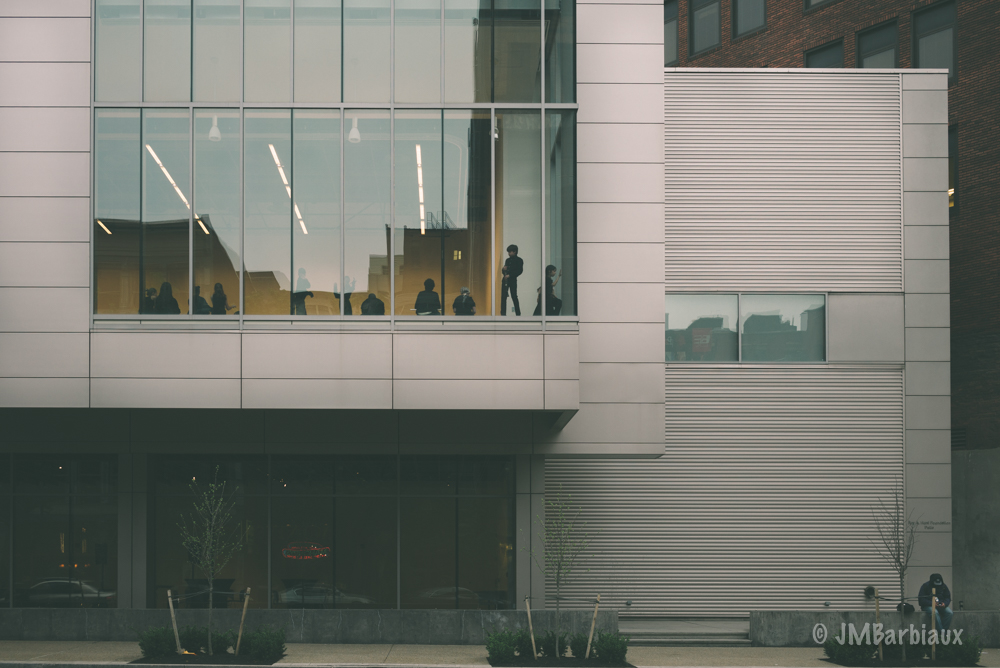 There are always parts of the city where I tend to move more quickly through because I rarely see anything that jumps out at me to photograph… This (above) was one of those spots but instead of speeding through, like the old folks taking laps at the mall, I implemented the camera bounce test and slowed myself down. While slowly walking and observing I came across this boy playing his Saxophone in the window and liked the juxtaposition of the kids dressed in suits compared to the man in the bottom right of the frame. Simply put, had I not slowed down I may have missed all this great stuff going on.
There are always parts of the city where I tend to move more quickly through because I rarely see anything that jumps out at me to photograph… This (above) was one of those spots but instead of speeding through, like the old folks taking laps at the mall, I implemented the camera bounce test and slowed myself down. While slowly walking and observing I came across this boy playing his Saxophone in the window and liked the juxtaposition of the kids dressed in suits compared to the man in the bottom right of the frame. Simply put, had I not slowed down I may have missed all this great stuff going on.
 How often do you turn around and look behind you as you walk? The shot above was taken after I had walked past and turned around to look behind me as I often do.* I turned and saw this girl waiting for someone in a classic car. The way she was dressed, her hair, and the bright red lipstick all went so well with the car. It is easy to miss shots like this when speed walking through a city.
How often do you turn around and look behind you as you walk? The shot above was taken after I had walked past and turned around to look behind me as I often do.* I turned and saw this girl waiting for someone in a classic car. The way she was dressed, her hair, and the bright red lipstick all went so well with the car. It is easy to miss shots like this when speed walking through a city.
*Admittedly, the turning around as I walk started as more of a defense mechanism than a product of observation. When you walk through the city with thousands of dollars of photography gear you tend to wonder who may be following you…
 Observation Tips
Observation Tips
- In addition to slowing down and taking your time as you walk here and there it’s helpful to turn all the way around from time to time to see what has changed or what the new angle of view uncovers.
- Look into windows… Not in a creepy way, be respectful of people’s privacy. Storefronts are fair game but be careful around people’s homes. My rule of thumb is I will look AT house windows but not THROUGH them.
- Stop and listen frequently. Often I can find really interesting events by simply stopping and listening to where commotion is coming from.
- Study the light around you. Are there interesting shadow/bright spots people will walk through? Follow the light, if you see the sun is coming in low and there is a road next to you where the light is coming through breaks in the building you can walk down the street and possibly capture some dynamic images.
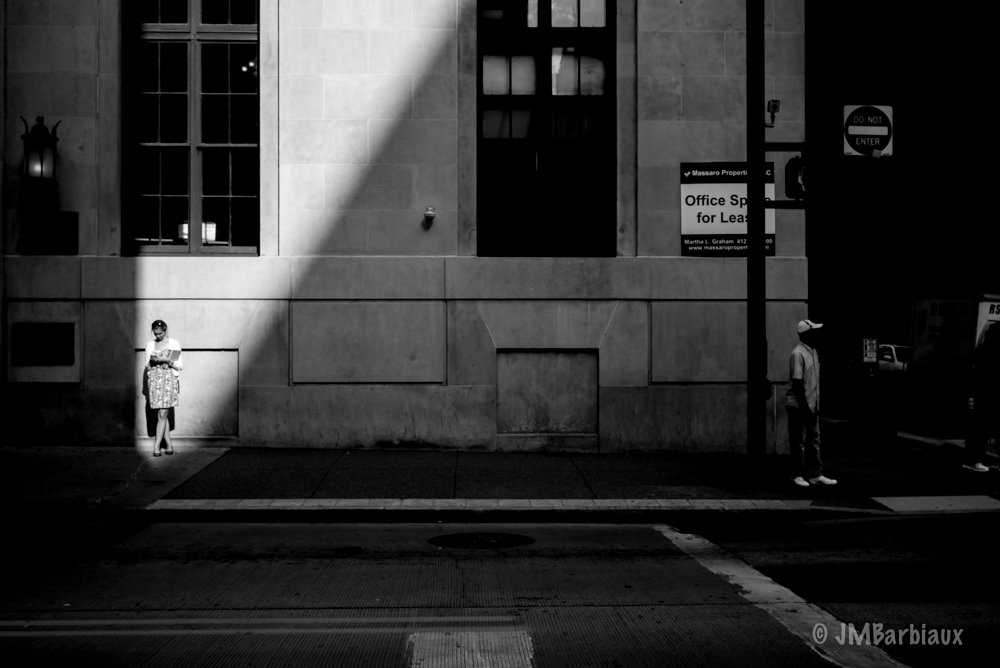 What will you see next time you walk through a familiar neighborhood if you slow down and truly observe? Give it a try and I promise you’ll be happy you did. Not only will you feel like you are living in the moment but you’ll also feel more relaxed because you aren’t moving at marathon pace with your camera gear. Your stomach will also thank you since your camera won’t be bouncing off it like a gorilla pounding its chest.
What will you see next time you walk through a familiar neighborhood if you slow down and truly observe? Give it a try and I promise you’ll be happy you did. Not only will you feel like you are living in the moment but you’ll also feel more relaxed because you aren’t moving at marathon pace with your camera gear. Your stomach will also thank you since your camera won’t be bouncing off it like a gorilla pounding its chest.
Feel free to leave your thoughts in the comments section below.

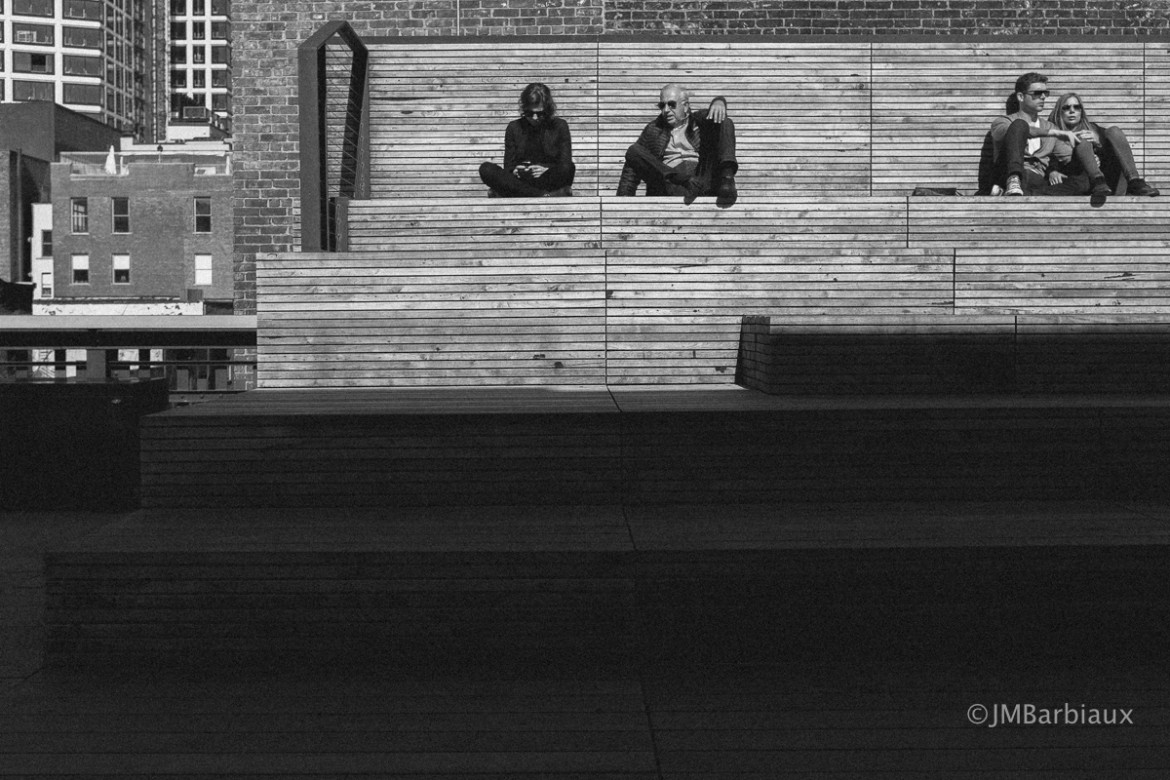
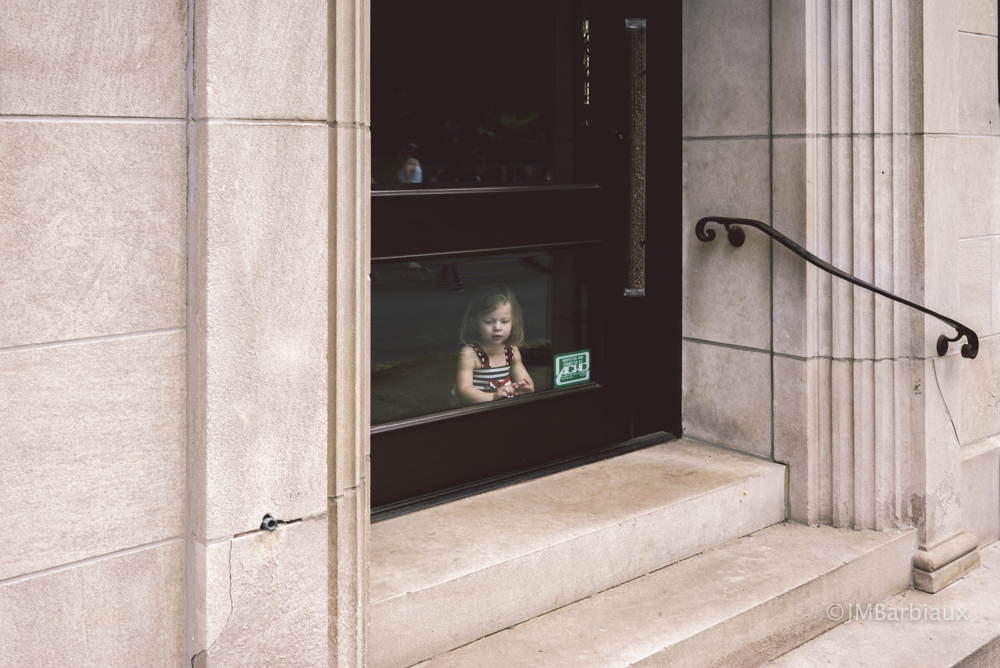
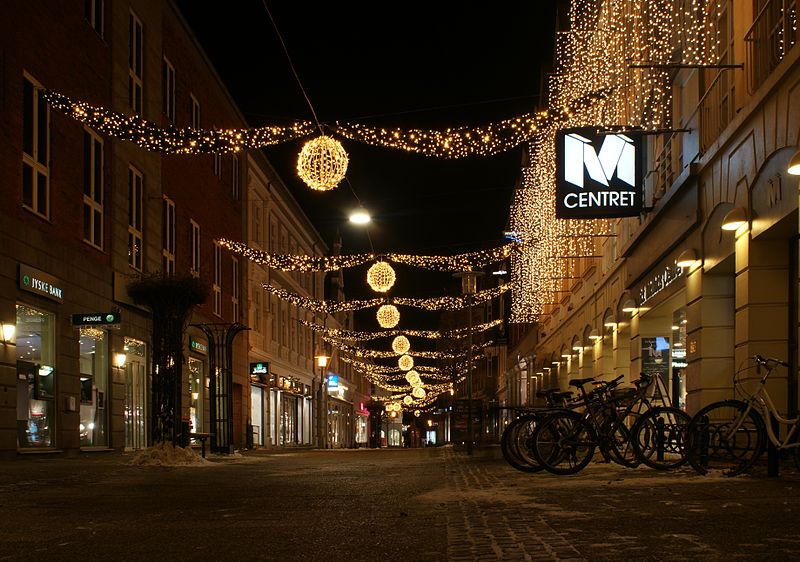


Yes in deed! As a new photographer I wrestle with composition issues constantly. I shoot what I think will be interesting material only to come back, load the shots into NX view, look at them and am perplexed as to what did I see through the viewfinder that looked so interesting, because now it isn’t. I suppose I am not putting my camera into interesting enough places where great shots exist and am not seeing like an artist does. However, I will continue to persevere and slow down as you suggest. Great article by the way…